Identify prime and composite numbers by sorting 30 number cards into their proper category.
Understanding why some numbers are classified as prime and why some are composite is an essential math skill.
This concept is a building block for algebraic thinking, creating the foundation your students will need to practice number operations like multiplication and division.
In our Prime and Composite Number Sorting Activity, students will review number cards and categorize them by whether they have only 2 factors or more.
How to Use This Prime and Composite Numbers Game in Your Classroom
This game can be used as an independent or partner practice math center activity or as a guided teaching resource for your guided small group.
To play, shuffle the playing cards and lay them face down. One by one, flip playing cards over and place them under either the Prime Number or Composite Number category cards.
To make this a 2-player game, shuffle the cards and split the deck equally between the players. Each player then takes turns placing a card under the category board where it belongs.
Get More out of Our Prime and Composite Numbers Game
This resource is way more than a card game! Check out these ideas for how to turn this fun sorting exercise into extra learning opportunities:
Scoot Activity
For a fun warm-up activity, give each student in the class a number card. Post the Prime and Composite Number category cards on opposite walls in your classroom. Without speaking, students must go to the wall they think their number goes. Once everyone is in place, have the two groups determine if all numbers belong.
Mirror Game
This activity is a spin on the classic “Newlywed Game” and works best with small groups because you’ll need enough dry-erase boards and markers for each student. Divide the students into 2 groups, and have them sit down in 2 lines facing each other. Read a number off one of the task cards and give the players 10 seconds to write on their board whether it’s a Prime or Composite Number. On your cue (for example, you say “Ready, Set, Go!”), the students turn their boards around so their partner can see their answers. If both students in a pair have the correct answer, they get 2 points. If one has the correct answer, the team gets 1 point.
Prime and Composite Number Brain Buster
Read a number off one of the task cards and give your students 20 seconds to write down as many factors for the number as they can.
Change the Difficulty Level if Needed
To make this game more of a challenge, have students list the factors of each of the numbers before putting them into their respective categories.
If this game is too challenging for some students, the resource can be scaled down by taking out some of the cards.
Easily Prepare This Resource for Your Students
Print the task cards on cardstock for added durability and longevity. Cut out the task cards and place all pieces in a folder or large envelope.
Before You Download
Use the drop-down icon on the Download button to choose between the PDF or Google Slides version of this resource. An answer key is also included with this download.
This resource was created by Lauren Blankenship, a teacher in Florida and a Teach Starter Collaborator.
Solidify your students’ understanding of prime and composite numbers with these more tools to fill your daily math lessons:
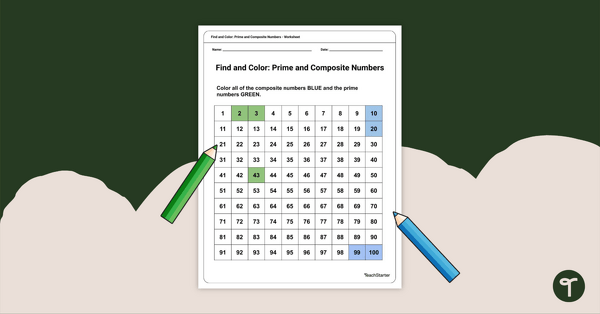
teaching resource
Find and Color: Prime and Composite Numbers Worksheet
Encourage your students to identify prime and composite numbers up to 100 with this free find and color worksheet.

teaching resource
Prime and Composite Numbers Worksheet
A worksheet to practice the relationship between factors and prime and composite numbers.
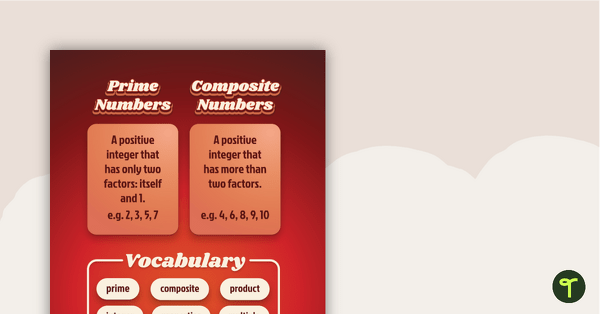
teaching resource
Prime and Composite Numbers Poster
A poster to help students learn the vocabulary associated with prime and composite numbers.
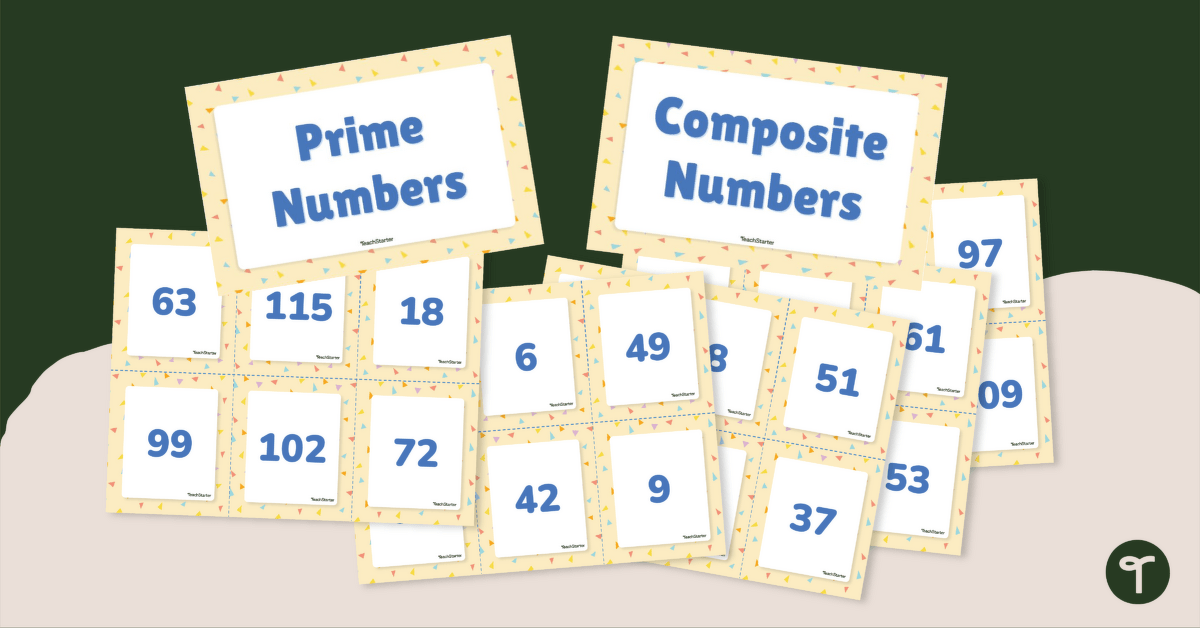

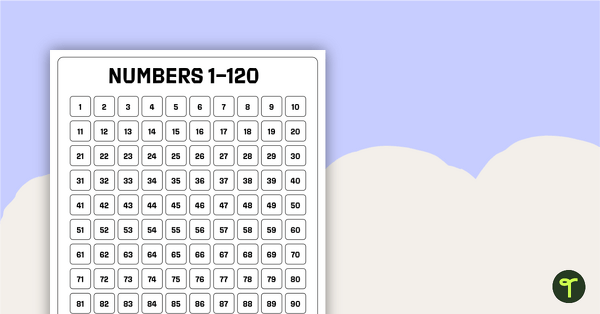

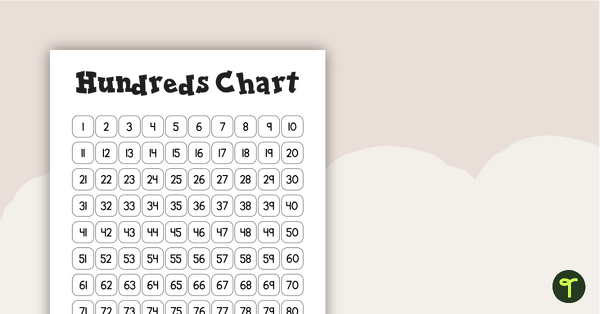
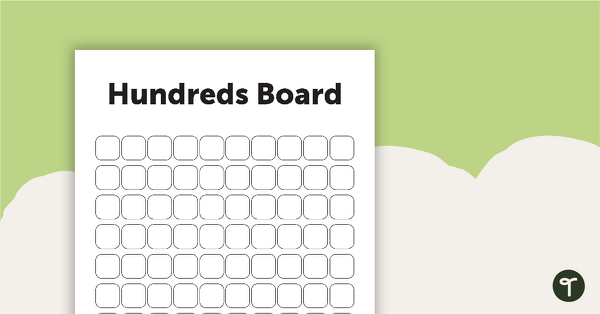
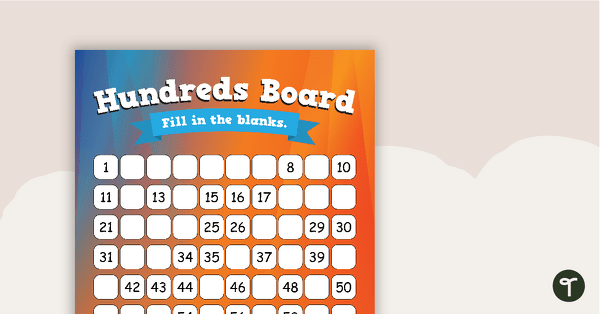
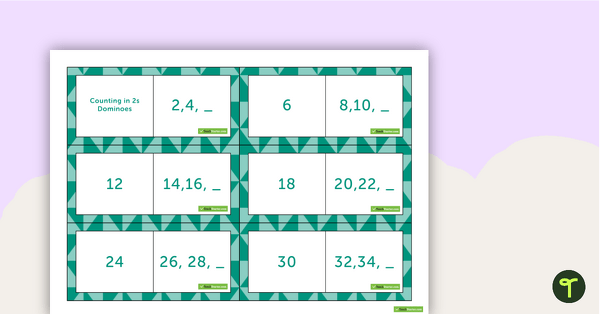
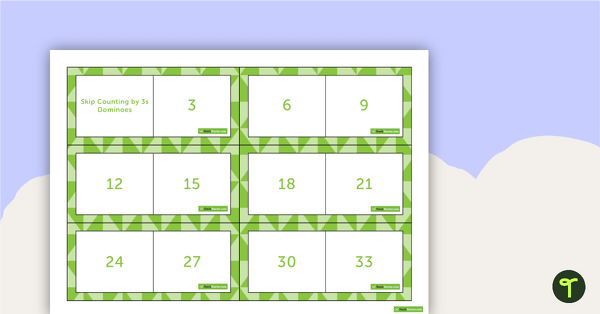
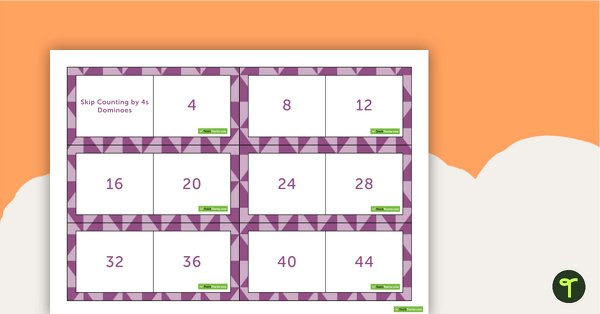
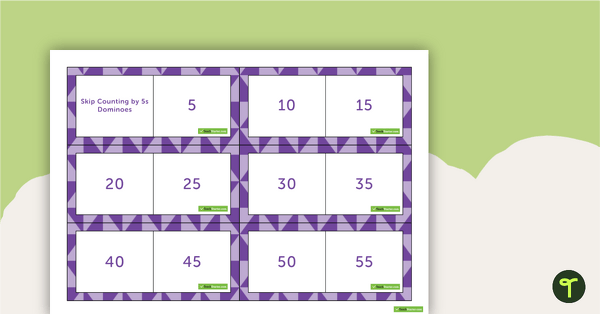
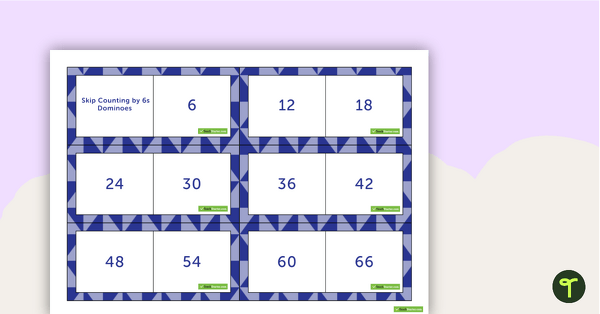
0 Comments
Write a review to help other teachers and parents like yourself. If you'd like to request a change to this resource, or report an error, select the corresponding tab above.